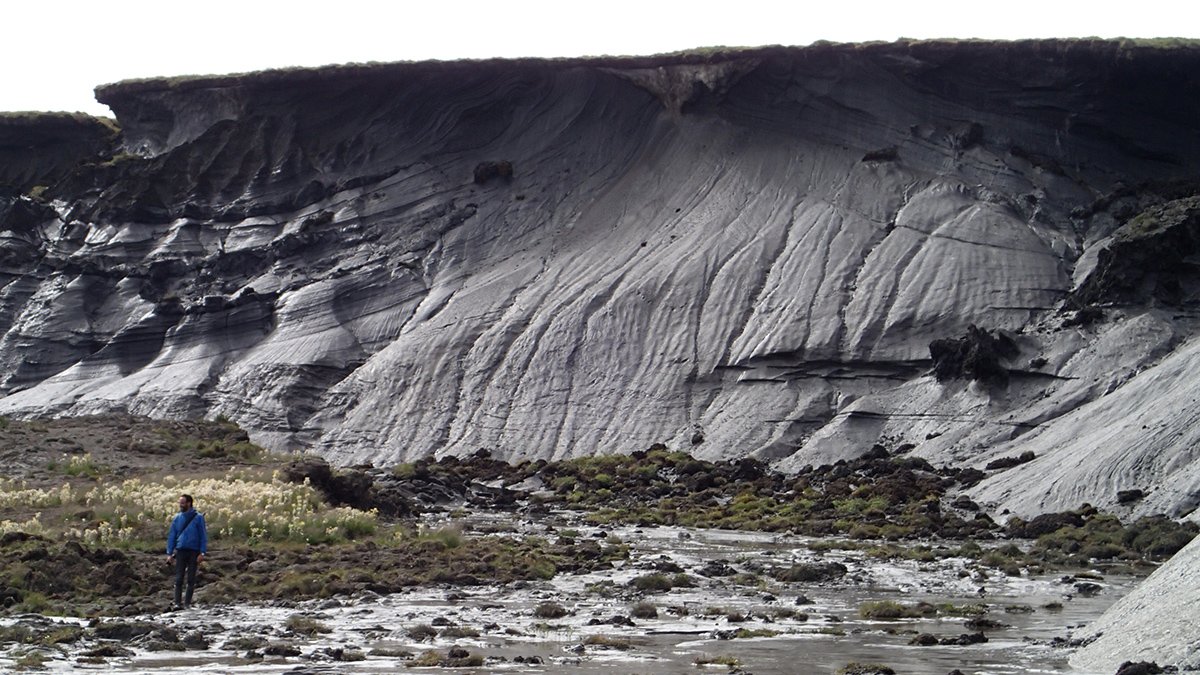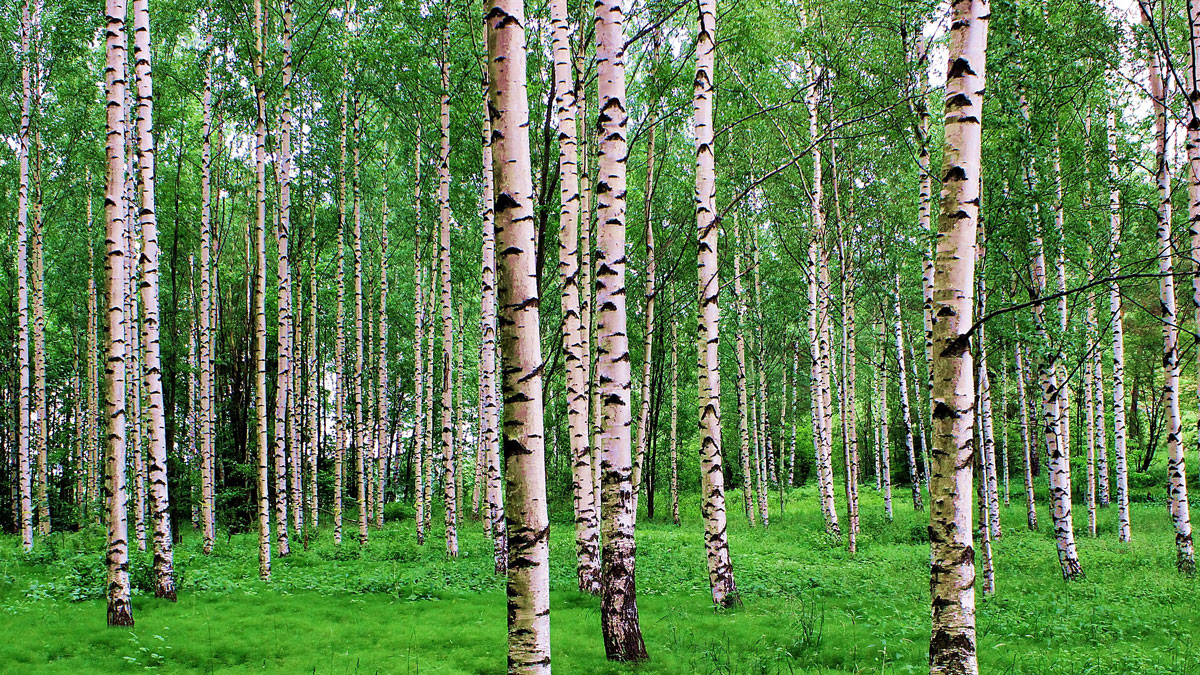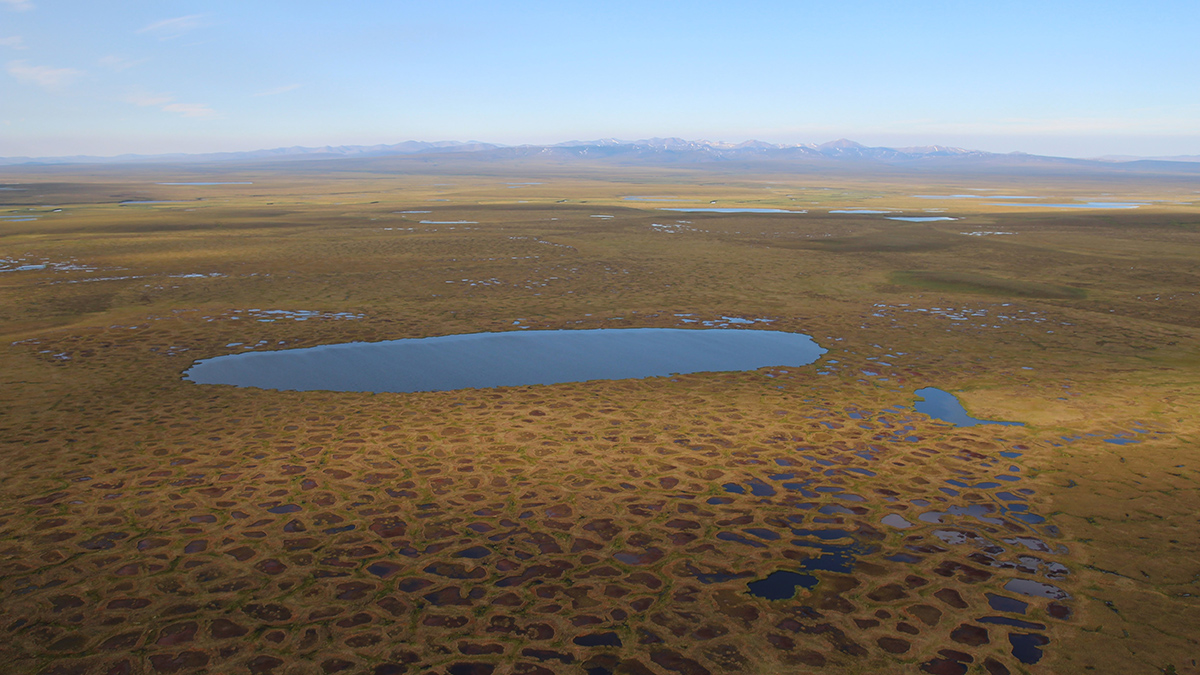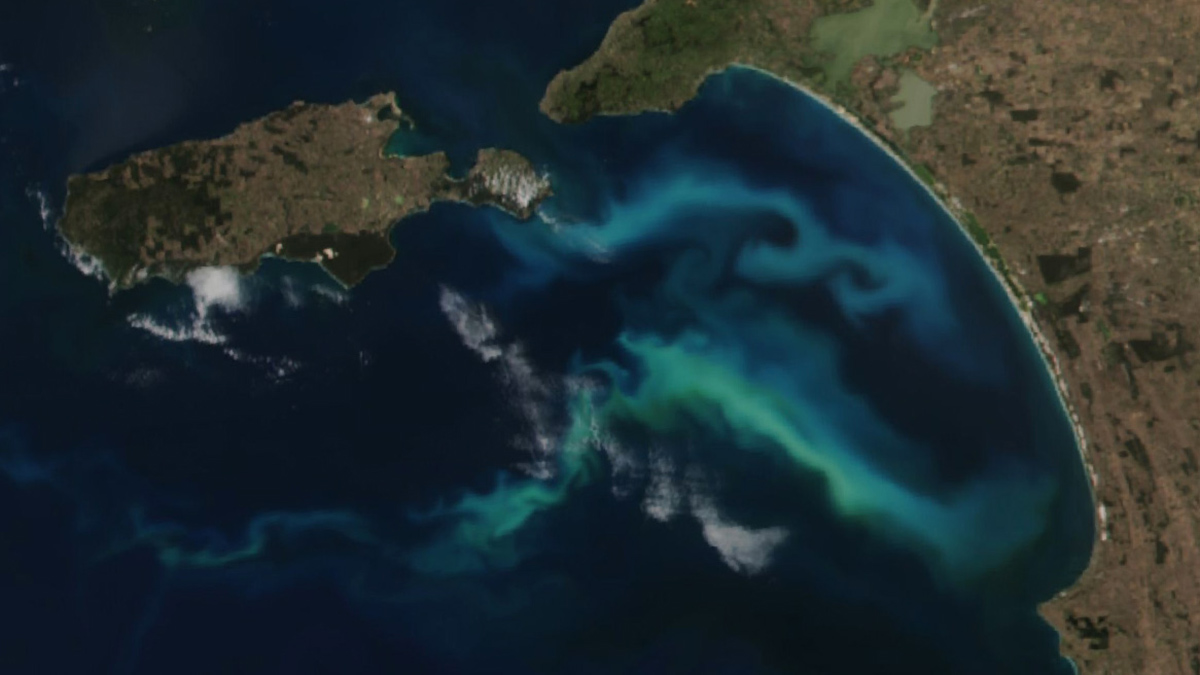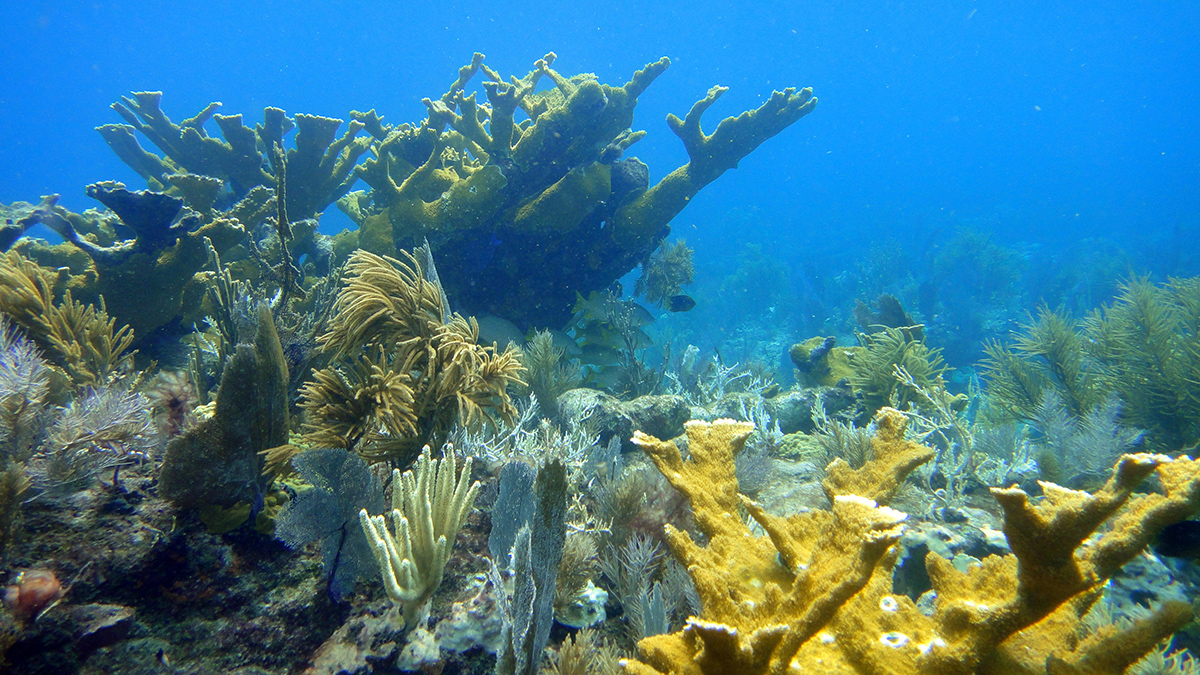为欧洲制定的温室气体收支突出了整个大陆的碳源和碳汇,可作为未来几年的基准。
Global Biogeochemical Cycles
Dry Heat, Wet Heat, and Wetland Methane Emissions
Compound weather events—such as extreme cold or heat combined with severe dryness or precipitation—have a greater effect on wetland methane emissions than discrete weather extremes do.
Thawing Permafrost Is Affecting Climate, but It’s Unclear by How Much
Models produce widely varying estimates of how ecosystems in the northern permafrost region are currently affecting the global greenhouse gas budget.
Each Glacier Has a Unique Organic Matter Composition
Like snowflakes, no two glaciers are alike: Carbon-containing compounds released from glaciers vary from place to place, meaning climate and ecosystem effects of melting could vary as well.
Scientists Present Europe’s New Greenhouse Gas Budget
The greenhouse gas budget developed for Europe highlights carbon sources and sinks across the continent and will serve as a baseline for years to come.
Northern Permafrost Region Emits More Greenhouse Gases Than It Captures
Permafrost underlies a quarter of the Northern Hemisphere. A comprehensive analysis shows that the area may have shifted from a sink to a source of greenhouse gases, bringing a longtime prediction to fruition.
Africa’s Carbon Sink Capacity Is Shrinking
A new estimate of Africa’s greenhouse gas budget from 2010 to 2019 shows increasing emissions from cropland expansion, livestock, and fossil fuel use—meaning the continent may have transitioned from an overall carbon sink to a slight carbon source.
La química del agua somera podría hacer a los arrecifes más resistente a la acidificación del océano
Estudios de los Cayos de Florida revelan variaciones geográficas y temporales en los efectos de la acidificación en corales.
Researchers Compare Observations Versus Modeling of Coastal Carbon Cycle
While storing carbon dioxide, the coastal ocean also releases methane and nitrous oxide. New research shows that understanding the impact of coastal oceans on climate requires more research into these fluxes and how they counteract each other.
Shallow Seawater Chemistry May Make Reefs More Resistant to Ocean Acidification
Research from the Florida Keys reveals geographic and seasonal variation in the effects of acidification on corals.



